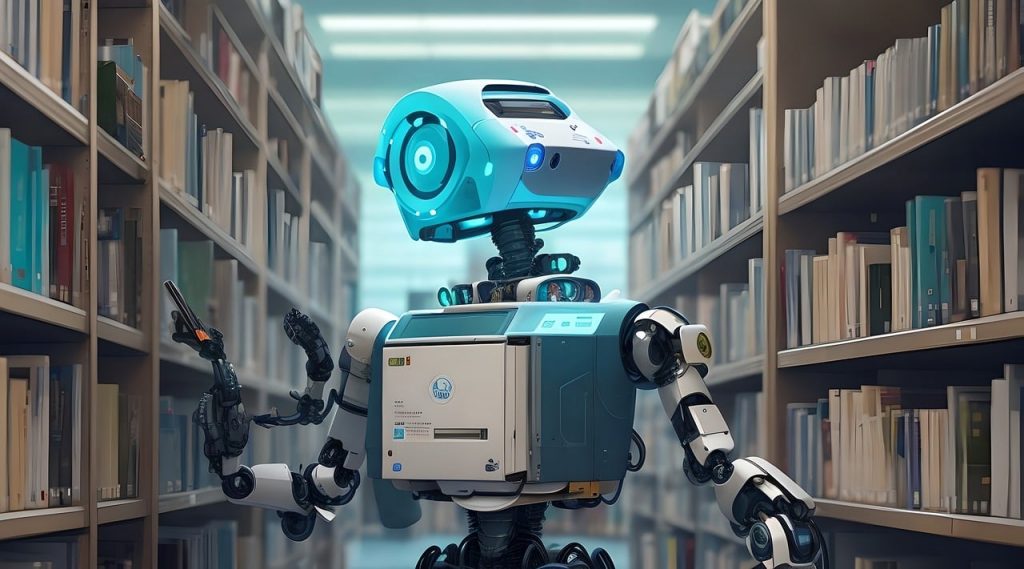Retrieval-augmented generation (RAG) is a technique that combines elements of both retrieval-based and generative AI models to generate more contextually relevant and coherent responses. This approach can be valuable for small businesses in various scenarios. Here’s an example of how retrieval-augmented generation could be used:
Scenario
A small e-commerce business is using an AI-powered chatbot to provide customer support on its website. The business wants to improve the quality of responses and increase customer satisfaction by providing more detailed and context-aware answers to customer queries.
How Retrieval-Augmented Generation Can Help
Contextual Understanding: The chatbot can use a retrieval model to search through a knowledge base or frequently asked questions (FAQs) to find relevant information related to the customer’s query. This retrieval model quickly identifies potential answers or information sources.
Generation of Detailed Responses: After retrieving relevant information, the chatbot can use a generative model to craft a more detailed and contextually appropriate response. Instead of providing a static, pre-written answer, it can generate responses that incorporate information from multiple sources.
Personalization: If the customer’s query involves personal preferences or past interactions with the business, the chatbot can retrieve and integrate that customer’s history and preferences into the response, creating a more personalized experience.
Multi-Turn Conversations: In multi-turn conversations, retrieval-augmented generation can maintain context better than traditional rule-based chatbots. It can recall the previous parts of the conversation and generate responses that are coherent and contextually relevant.
Product Recommendations: If a customer is inquiring about product recommendations, the chatbot can use retrieval to find products similar to the customer’s interests and then generate responses that highlight the features and benefits of those products.
Complex Queries: For more complex or technical queries, the retrieval model can fetch relevant articles, guides, or documentation, and the generative model can summarize or paraphrase the information to provide a clear and concise response.
Handling Ambiguity: When a query is ambiguous, the retrieval model can retrieve multiple relevant sources, and the generative model can present different options or suggestions to the customer, allowing them to choose the most appropriate one.
Continuous Learning: The retrieval-augmented generation model can continuously learn from interactions with customers. It can analyze successful responses and unsuccessful ones to improve its retrieval and generation capabilities over time.
Scalability: Small businesses can start with a basic retrieval-augmented generation model and gradually expand their knowledge base and improve the generative capabilities as the business grows.
Final Thoughts
In this scenario, retrieval-augmented generation helps the small e-commerce business provide more effective and personalized customer support, leading to increased customer satisfaction, higher conversion rates, and potentially, improved customer loyalty. It enables the business to compete with larger competitors by offering a more advanced and context-aware customer service experience.
If you’d like to find out more about how you can apply RAG to your specific business needs, please contact us at info@auriq.com.


